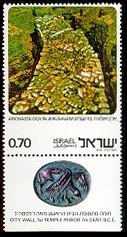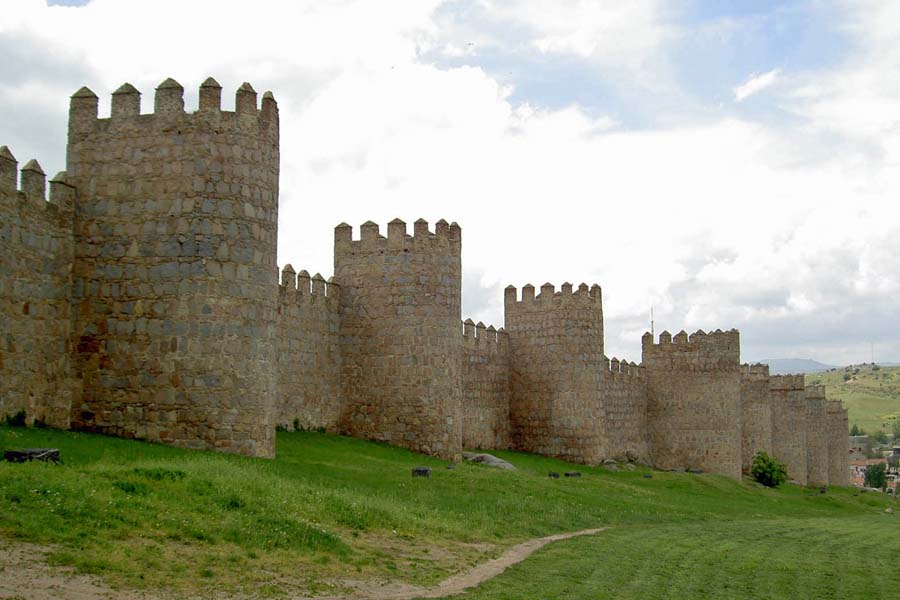Stamp with Collectible Margin: City Wall, First Temple Period (Israel 1976)
City Wall, First Temple Period (Israel 1976)
23 December (Israel ) within release Archaeology in Jerusalem (1976 series) goes into circulation Stamp with Collectible Margin City Wall, First Temple Period face value 0.70 Israeli lira
| Stamp with Collectible Margin City Wall, First Temple Period in catalogues | |
|---|---|
| Michel: | Mi: IL 680T |
| Stamp Number: | Sn: IL 611T |
| Yvert et Tellier: | Yt: IL 618T |
| Stanley Gibbons: | Sg: IL 648T |
Stamp with Collectible Margin is vertical format.
Also in the issue Archaeology in Jerusalem (1976 series):
- Stamp with Collectible Margin - City Wall, First Temple Period face value 0.70;
- Stamp - Wall, Omayyad Palace, 8th cent. A.D. face value 5;
Stamp with Collectible Margin City Wall, First Temple Period it reflects the thematic directions:
Archaeology or archeology[a] is the study of human activity through the recovery and analysis of material culture. The archaeological record consists of artifacts, architecture, biofacts or ecofacts, sites, and cultural landscapes. Archaeology can be considered both a social science and a branch of the humanities. It is usually considered an independent academic discipline, but may also be classified as part of anthropology (in North America – the four-field approach), history or geography
A defensive wall is a fortification usually used to protect a city, town or other settlement from potential aggressors. The walls can range from simple palisades or earthworks to extensive military fortifications with towers, bastions and gates for access to the city. From ancient to modern times, they were used to enclose settlements. Generally, these are referred to as city walls or town walls, although there were also walls, such as the Great Wall of China, Walls of Benin, Hadrian's Wall, Anastasian Wall, and the Atlantic Wall, which extended far beyond the borders of a city and were used to enclose regions or mark territorial boundaries. In mountainous terrain, defensive walls such as letzis were used in combination with castles to seal valleys from potential attack. Beyond their defensive utility, many walls also had important symbolic functions – representing the status and independence of the communities they embraced.


